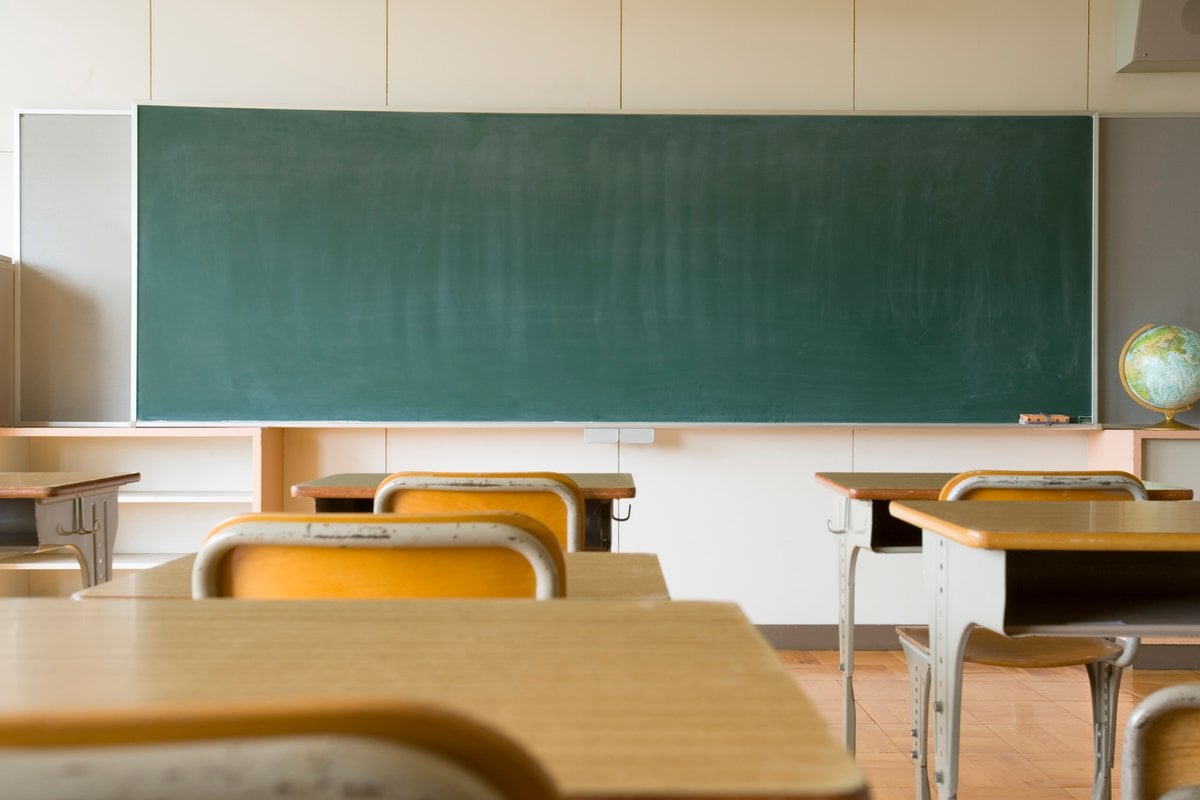
As students across the country returned to the classroom last week, schools continue to face an unprecedented teacher shortage, leaving tens of thousands of students without adequate educators as they start a new school year.
In NSW alone there are more than 2000 full-time positions left empty, which includes everything from substitutes to English and Math teachers, and even school principals.
There is a clear reason for this shortage: not enough young Australians want to become teachers.
The number of students choosing to study teaching at university is at its lowest since 2016, with education ranking 7th out of 11 major disciplines according to the University Admissions Centre.
Watch: There are a lot of things teachers do that we don't even know about. Post continues after video.
This is of no surprise to Issey, a 4th-year primary education student at ACU in North Sydney, who says that the intense nature of the degree and the low pay that teachers receive is a huge deterrent for young people.
"There's a lot of pain for not a lot of gain," says Issey, who points out that the all-consuming nature of the job means that teachers work a lot more than just the school hours, with nights spent making lesson plans and early mornings getting the classroom ready.
"Unless you're really passionate about teaching, it's not an enticing degree to study," says Issey, with the demands of unpaid placements taking a toll on students.


Top Comments